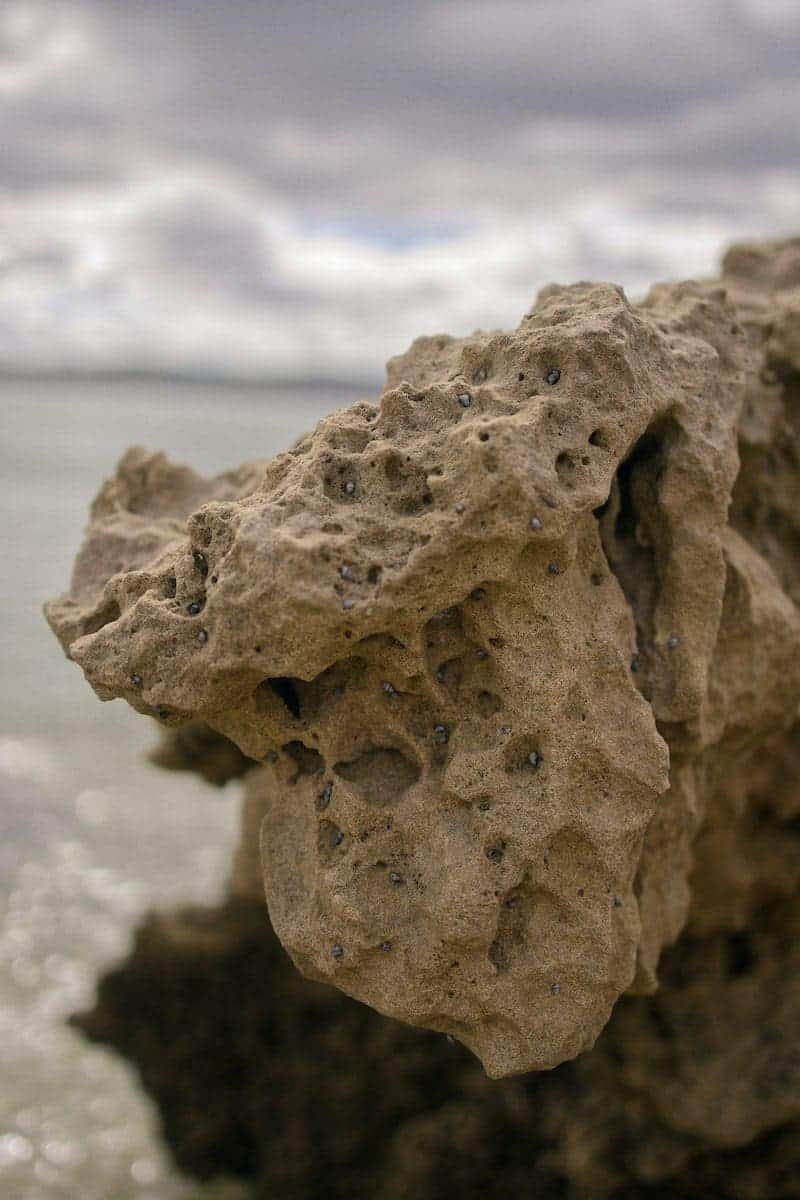The process of the breakdown of rocks through the action of rainwater, significant temperature variations, and environmental changes are known as Weathering.
Weathering can take place for various reasons. Two of these reasons are Mechanical Weathering and Chemical Weathering.
The difference between these two is quite simple yet quite vast.
Key Takeaways
- Mechanical weathering is the physical breakdown of rocks into smaller pieces without changing their chemical composition, while chemical weathering involves the breakdown of rocks due to chemical reactions.
- Mechanical weathering is caused by physical forces such as temperature changes, wind erosion, and water erosion, while chemical reactions between water, air, and rock minerals cause chemical weathering.
- Mechanical weathering results in physical changes to the rock, while chemical weathering results in chemical changes to the rock, including forming new minerals.
Mechanical Weathering vs Chemical Weathering
Mechanical weathering is a process of breaking a rock into small pieces. The chemical composition remains the same in mechanical weathering. Chemical weathering is a process of breaking a rock through chemical reactions. The chemical composition changes in this process. New minerals can be created through chemical weathering.

Mechanical weathering is the mechanism by which the crackup of rocks occurs without altering the rock’s chemical composition. The most common type of mechanical weathering happens through freeze-thawing weathering.
It affects the coasts the most when rocks are porous. Water makes its way into the rocks, and the porosity of these rocks freezes the water inside.
The ice makes the rock expand and crack.
The means through which the crackup of rocks happens due to changing their chemical composition is Chemical weathering. When rainwater reaches the rock, this process begins, and it gets decomposed, or the rock gets eaten away.
This process is called carbonation. This only happens when a little acidic or carbonic rain or water from the sea gets into touch with sedimentary rock, for example, limestone or chalk, which makes it evaporate.
A chemical reaction occurs between the acidic water and the calcium carbonate, which turns it into calcium bicarbonate. This makes it soluble and is taken away in solution.
This type of weathering takes place in heated, wet conditions.
Comparison Table
| Parameters of comparison | Mechanical Weathering | Chemical Weathering |
|---|---|---|
| Definition | In mechanical weathering, the chemical composition does not change. | In chemical weathering, the chemical composition changes. |
| Geographic Locations | It occurs in hot and dry conditions, as the temperature changes throughout the day. | Chemical weathering takes place in regions that have a hot and humid climate. |
| Agents | The main agents of mechanical weathering are running water, temperature, winds, and moisture. | The main agents of chemical weathering are hydration, carbonation, oxidization, and solution. |
| Affect | This type of weathering affects rocks deeply to a very great extent. | This type of weathering takes place only on the surface of the earth. |
| Result | Mechanical Weathering breaks rocks into smaller parts without changing the composition of the rocks. | Chemical Weathering occurs by breaking down rocks by creating new minerals at the top of the earth’s surface. |
What is Mechanical Weathering?
Mechanical weathering, or physical weathering and disaggregation, makes rock break down into smaller pieces. The main reason mechanical weathering occurs in rocks is water, which may be liquid or solid.
To elaborate further, liquid water can trickle into rock cracks and make its way in.
Later, if the area’s temperature goes down, the water in the rocks gets frozen, which makes the rock expand and crack.
The ice then plays the role of a catalyst. It gradually stretches up the cracks of the stones and divides their rock. When ice thaws, liquid water completes the weathering process by moving away the little tiny stone scraps lost in the fissure.
This particular process (the freeze-thaw cycle) is known as cold weathering.
Temperature changes can also add to mechanical weathering in a manner known as thermal stress: variations in heat cause rock to expand (with heat) and contract (with cold).
The formation of the rock crumbles after a certain amount of time. After a specific amount of time passes, the rocks crumble into smaller pieces.

What is Chemical Weathering?
Chemical Weathering is the principle through which rocks break down because of chemical reactions transpiring around the minerals in stones and the atmosphere.
The main agents of chemical weathering are water.
A lot of synthetic compounds are found in water. Water has many weak acids, such as carbonic acid, which leak into the rocks to start the breaking down process.
This vulnerable acid is enough to be formed when carbon dioxide gas from the environment mixes with rainwater. Sulfur dioxide and nitrogen gases from other varieties of acid rain perform as chemical weathering catalysts.
A few origins of sulfur dioxide are power plants that incinerate coal, and some also originate from volcanoes and coastal marshes. These sulfur gases eventually come in contact with oxygen and rainwater to create sulfuric acid.
The acid has plentifulness and long-duration impacts that create quite a bit of havoc on vegetation and rocks,
even though it is very weak. Oxidation is an unconventional type of chemical weathering that occurs when oxygen combines with another substance and creates compounds called oxides.

Main Differences Between Mechanical Weathering and Chemical Weathering
- Mechanical Weathering does not change the chemical composition of the rocks and stones; on the other hand, Chemical Weathering will change the entire chemical composition of the rocks.
- Mechanical Weathering takes place in hot and dry climates. In contrast, Chemical Weathering takes place in hot and humid conditions.
- The main agents of mechanical weathering are water, temperature, moisture, etc. The main agents of chemical weathering are oxidation, solution, carbonation, and hydration.
- Mechanical Weathering affects the rock to great depths. On the other hand, the effects of chemical weathering are only on the earth’s surface.
- Mechanical Weathering will break the rocks down into smaller pieces, and on the other hand, Chemical Weathering happens by forming new minerals on the top of the surface.





